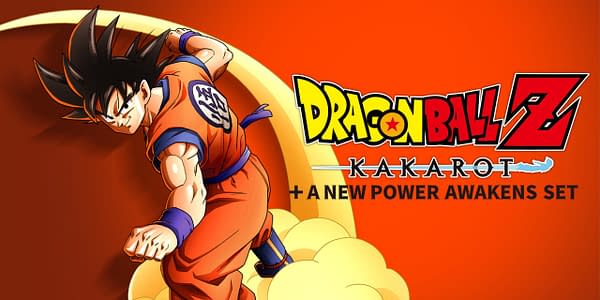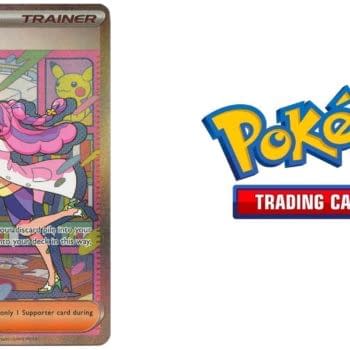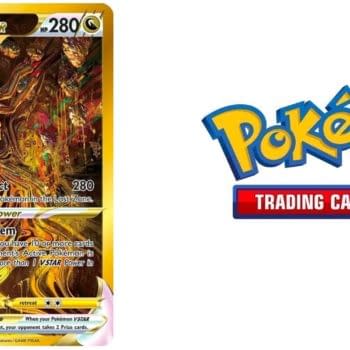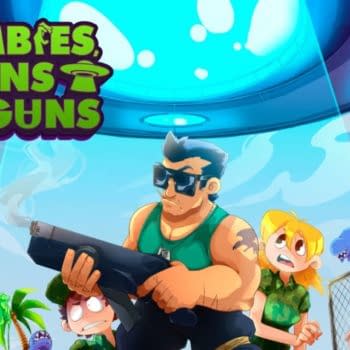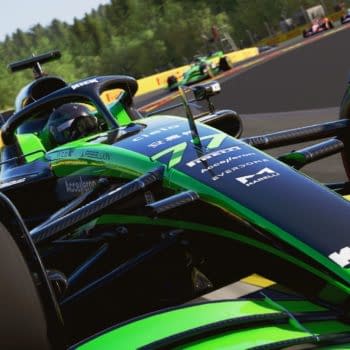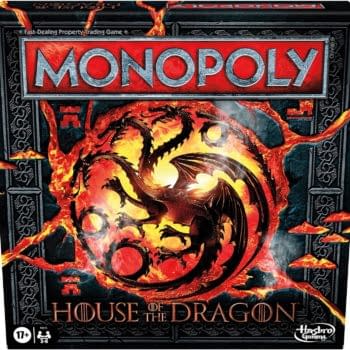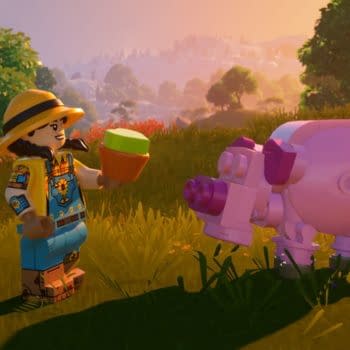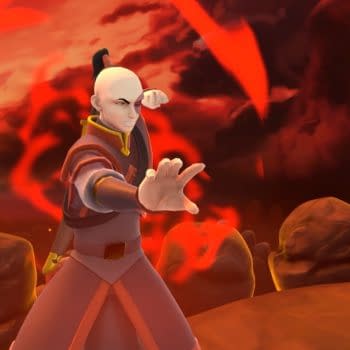Posted in: Bandai Namco, Dragon Ball Z: Kakarot, Games, Video Game Publishers, Video Games | Tagged: Bandai Namco, dbz, dragon ball, Dragon Ball Z, Dragon Ball Z Kakarot
Dragon Ball Z: Kakarot For Nintendo Switch – Complete Review
Last month, Dragon Ball Z: Kakarot was released for Nintendo Switch. This semi-open world game puts you in the shoes of Goku, Gohan, and the rest of the Z Warriors for a retelling of the four main Dragon Ball Z sagas: the Saiyan Saga, the Frieza Saga, the Cell Saga, and the Buu Saga. Is this game worth buying for Dragon Ball fans? Let's get into it.

Open world?
Dragon Ball Z: Kakarot is a semi-open world game that grows as you complete story elements. It begins as a slice-of-life story of Goku and Gohan that dips into and out of the familiar territory of the iconic Dragon Ball Z storyline. The game has three distinct modes:
- The story mode is when you are in the midst of one of the main four sagas. During this portion of the game, you are taken along for the ride with the game dictating who you play, with the playable characters growing the more you play. Goku, Gohan, Vegeta, Piccolo, Future Trunks, Vegito, and Gotenks are playable while the other Z-Warriors are support characters. This portion of the game guides you through the story complete with cut scenes and mandatory battles.
- There are sections during the story mode where you can explore the larger Dragon Ball world. This is a great time to complete side stories, which are helpfully marked on the map with blue exclamation points. There is often a limited number of activities you can do during sagas like this, as some of the more open world aspects such as collecting the Dragon Balls remain unavailable.
- There are open-world sections where you are on downtime between sagas. This is when the game gets really slice-of-life, which is utterly unique for a Dragon Ball game. These sections are impressive as they allow the player to explore a faithfully adapted world of fan-favorite locations and characters.
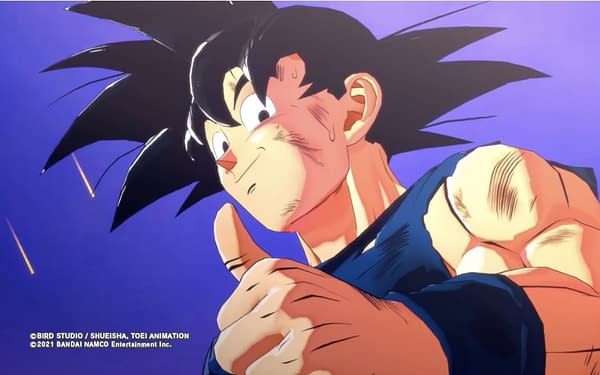
The story of Dragon Ball Z: Kakarot
You can see my full take on all four of the series' main adaptations at the following links.
- The Saiyan Saga starts it all. It is a great introductory that paints the characters as nuanced and likable, throwing them into a tense situation that has a strong dramatic build. It's the most low-key of the sagas, though, allowing players time to adjust to the game.
- The Frieza Saga is perhaps Dragon Ball Z's most iconic, and Bandai Namco handles it well in Kakarot. It's hard to imagine that this saga went on for so, so, so many episodes, as the game distills it perfectly into an action-packed, emotionally driven arc.
- The Cell Saga was my favorite due to the amount of downtime during battles as well as the characters featured. While Trunks does get shafted by having his battle against Perfect Cell cut, the cast gets to shine here in major ways.
- The Buu Saga is the weakest installment due to a huge section of time with no gameplay, but it still serves as a terrific adaptation and a fitting end. The best part, though, is that it leaves the player with a ton of post-game activities to do even before the DLC… which we'll get into in its own review.
Notably, not only does Kakarot adapt the story but it also adds to it. In Kakarot, Gohan bonds more with Android 16, finding common ground before the Cell Games decisive death and turning point. Then, during the Buu Saga, Vegeta takes direct responsibility for Buu's arrival that gives his fall as Majin Vegeta, redemption, and resurrection an emotionally resonant throughline.
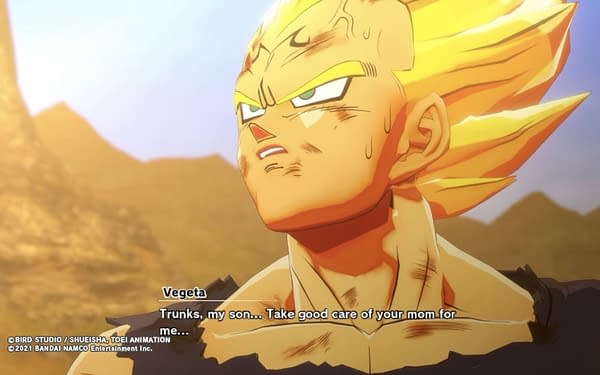
Side Stories
The side stories of Dragon Ball Z: Kakarot range from brilliant to fun to supremely annoying. Earlier in the game, I found the collection tasks (get gazelle meat, get this stone!) to be nearly intolerable. However, the longer I spent with the game, the easier I was able to complete these more exploration-driven stories. The side stories excel in that they flesh out characters that don't otherwise get time to shine. For example, Akira Toriyama infamously forgot fan-favorite Dragon Ball character Launch by the time Dragon Ball Z came around. Not only does Launch have multiple side stories, there is also a direct, tongue-in-cheek reference to being forgotten. Puar is also a major feature in these stories, in particular during and after the Saiyan Saga. One of my favorites was a funny and emotional story that shows Puar filling in for Yamcha with the girls he's dating while he's dead so that, when he is wished back, he will still be seen as a P.I.M.P.
Perhaps the most emotionally impactful story, though, is a post-game offering that sees Goku and Vegeta training Goten and Trunks, culminating in the four of them going for an outing where they all bond. I've loved Dragon Ball for decades now, and Kakarot gets the storytelling and vibe of the characters perfectly in their new content. They're also not afrad to get silly and take liberties with the characters, including a side story where Dabura is wished back and turns good after spending time in Heaven as a punishment.
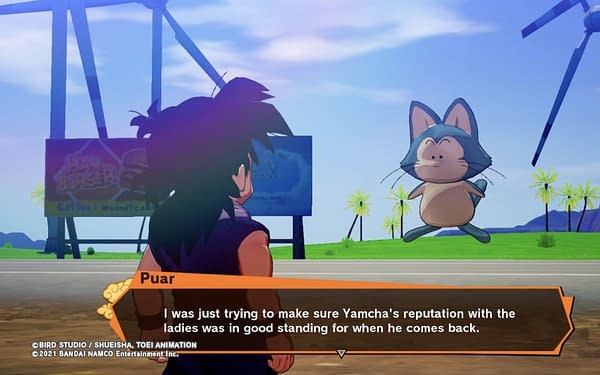
Gameplay of Dragon Ball Z: Kakarot
This aspect of the game, I feel, is perfect. Now, I'm a bigger Dragon Ball fan than I am a gamer. It is the title and franchise that draws me to games, with Pokémon games being my main love along with Halo, Crash Bandicoot, and even Buffy the Vampire Slayer games. With that in mind, I found Kakarot relatively easy to adjust to on a surface level at first. The controls are intuitive and easy to learn on Switch, even though the game itself leaves a lot to be figured out. There's a lot that goes into bettering your characters in the game, including Soul Emblems to assemble on Community Boards to get bonuses, food to give characters to boost stats, Skill Trees to unlock new attacks through training, and Attack Palettes to assemble in order to suit characters with the best attacks. I found that it was better to explore and learn as I went along than to worry about the huge wall-of-text pop-ups that would explain aspects of the game.
Now, the fighting… this is what many Dragon Ball Z fans want to know about. I've played Dragon Ball fighting games before, but I found Kakarot to be absolutely unreal. If you watch DBZ fights wondering how the mind-bending speed of the characters and world-ending scope of their attacks could be adapted into a playable game, trust me. We're in the same boat. However, Kakarot pulls it off, with a memorable style of battle that makes you feel totally in control as you blur in and out of sight, shooting off attacks that shake the entire world. All of the characters have their uses as well, with Krillin's Solar Flare being a major aspect of my gameplay. If I get to choose my party, that little bald bad boy is in.
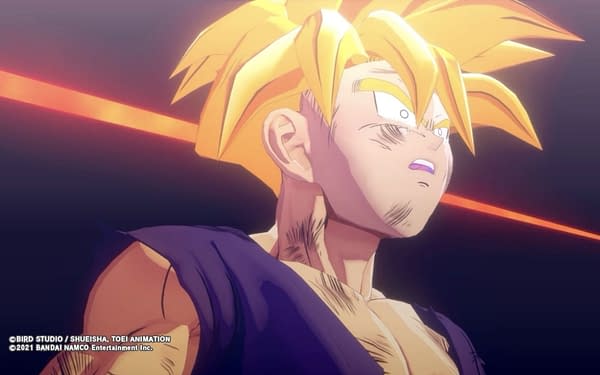
Overall
I couldn't get enough of Dragon Ball Z: Kakarot. Playing it felt like stealing away into the world of beloved characters, and the storytelling, worldbuilding, and gameplay all contributed to a memorable, exciting experience. Thankfully, there's still a lot to do in the world of Kakarot post-game, so this is indeed a game that will reward those based on what they put into it. I give it my highest recommendation.
